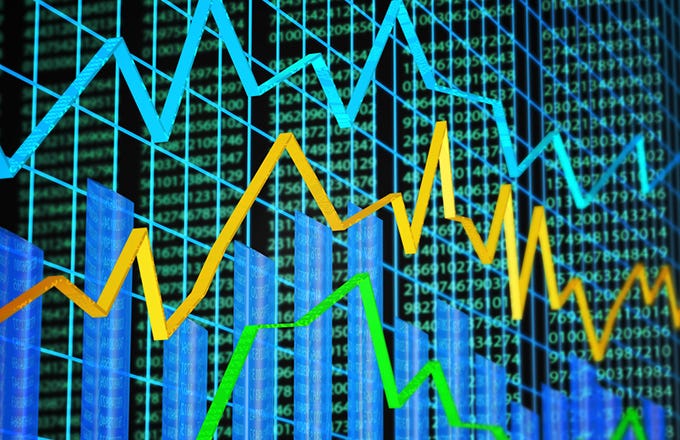Inflation is a key concept in macroeconomics, and a major concern for government policymakers, companies, workers and investors. Inflation refers to a broad increase in prices across many goods and services in an economy over a sustained period of time. Conversely, inflation can also be thought of as the erosion in value of an economy's currency (a unit of currency buys fewer goods and services than in prior periods).
In the United States, the Consumer Price Index (CPI) is among the most commonly-used measures of inflation. The CPI uses a so-called "market basket" of goods to measure the changes in prices experienced by average consumers in the economy. Economists and central bankers will often subdivide the CPI into so-called "core inflation," a measure that excludes the price of food and energy.
The Producer Price Index (PPI) is a measure of inflation that tracks the prices that producers obtain for their goods. Though a long-followed economic statistic, the change in composition of some economies away from manufacturing and towards services is eroding the value of this statistic. (To learn more about inflation and its indicators, check out Using Coincident And Lagging Indicators.)
The GDP deflator is another option for measuring prices and inflation. As the name suggests, the GDP deflator is a price measurement tool that is used to convert nominal GDP to real GDP. The GDP deflator is a broader measure than the CPI, as it includes goods and services bought by businesses and governments.
While there is little consensus on the "right" rate of inflation for an economy (or even if inflation is necessary at all), there is little disagreement in the differing impacts of expected and unexpected inflation. When inflation is expected, agents in the economy can plan for it and act accordingly – businesses raise prices, workers demand higher wages, lenders raise interest rates and so on.
Unexpected inflation is considerably more problematic. When inflation is higher than expected, it tends to hurt workers, recipients of fixed incomes, and savers. In contrast, unexpected inflation often benefits companies (who can raise prices quickly without needing to raise wages in tandem) and borrowers (who can repay their debts with money that is now worth less than when they borrowed it).
Over the long term, unanticipated inflation can cause a number of problems for an economy. Businesses will invest less in long-term projects because of the uncertainty of returns, price information becomes distorted, and consumers will spend more time trying to protect themselves from inflation and less time engaging in productive activities. Periods of inflation also tend to redirect investment from businesses and toward hard assets, thus depriving companies of the capital they need to grow and expand. (For more on inflation, read What You Should Know About Inflation.)
What causes inflation is also a key argument in economic theory. Some economists believe that there are different types of inflation – cost-push and demand-pull inflation. Cost-push inflation is supposed to be a type of inflation caused by rising prices in goods or services with no suitable alternatives. An oft-cited example of this inflation is the oil crisis of the 1970s. Cost-push inflation is largely a Keynesian argument, as monetarists do not believe that increased prices for goods and services lead to inflation absent an increase in the money supply.
Demand-pull inflation is a rise in the price of goods and services created by aggregate demand in excess of aggregate supply, sometimes referred to as "too much money chasing too few goods." As with cost-push inflation, monetarists argue against the existence of demand-pull inflation absent changes in the money supply. (To help identify the differences between cost-push and demand-pull inflation, read Cost-Push Inflation Versus Demand-Pull Inflation.)
Macroeconomics: The Business Cycle
-
 Insights
InsightsAll About Inflation
What causes inflation? How does it affect your investments and standard of living? This tutorial has the answers. -
 Insights
InsightsCost-push inflation versus demand-pull inflation
Gain a deeper understanding of aggregate supply and demand, forces which raise the price of goods and services. -
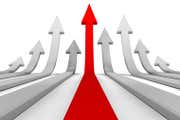 Insights
InsightsInflation's Impact on Stock Returns
Learn about the impact inflation can have on stock returns. Find information on what types of stocks perform during times of high inflation or low inflation. -
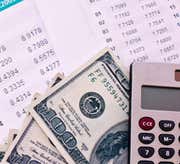 Trading
TradingCoping With Inflation Risk
Inflation is less dramatic than a crash, but it can be more devastating to your portfolio. -
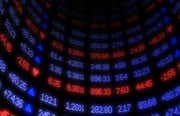 Insights
InsightsHow Inflation Rates Impact Your Retirement Savings
Understanding the risks and likely rate of inflation can help investors craft a strategically, well-diversified retirement portfolio. -
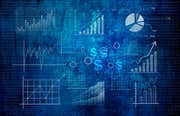 Financial Advisor
Financial AdvisorWhy Inflation Feels Higher Than the Fed's Target Rate
Follow the monthly readings on core PCE inflation in the Personal Income and Outlays reports to understand the Federal Reserve's inflation assessments. -
 Insights
InsightsWhat You Should Know About Inflation
Find out how this figure relates to your investment portfolio.



